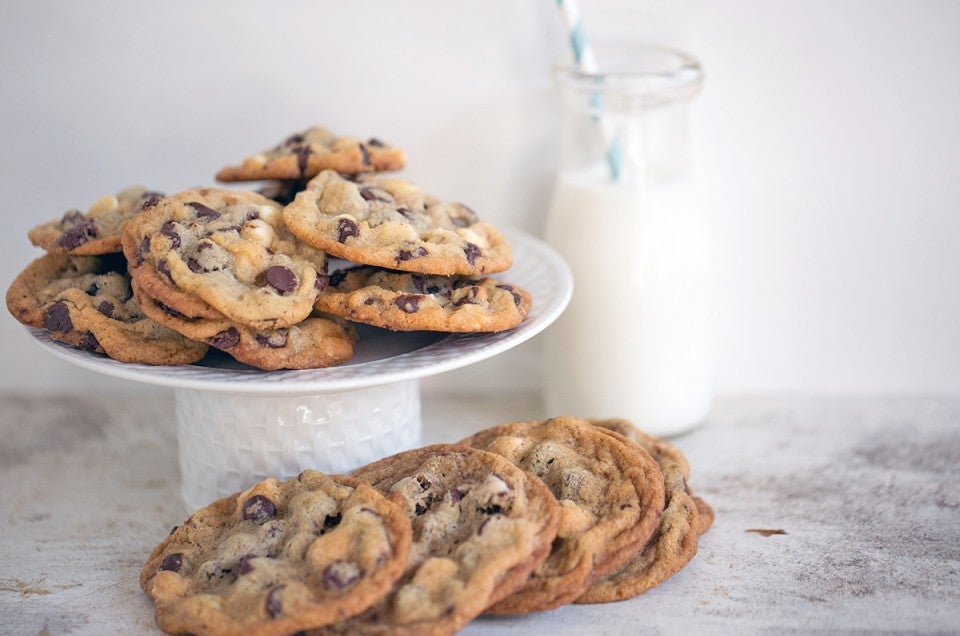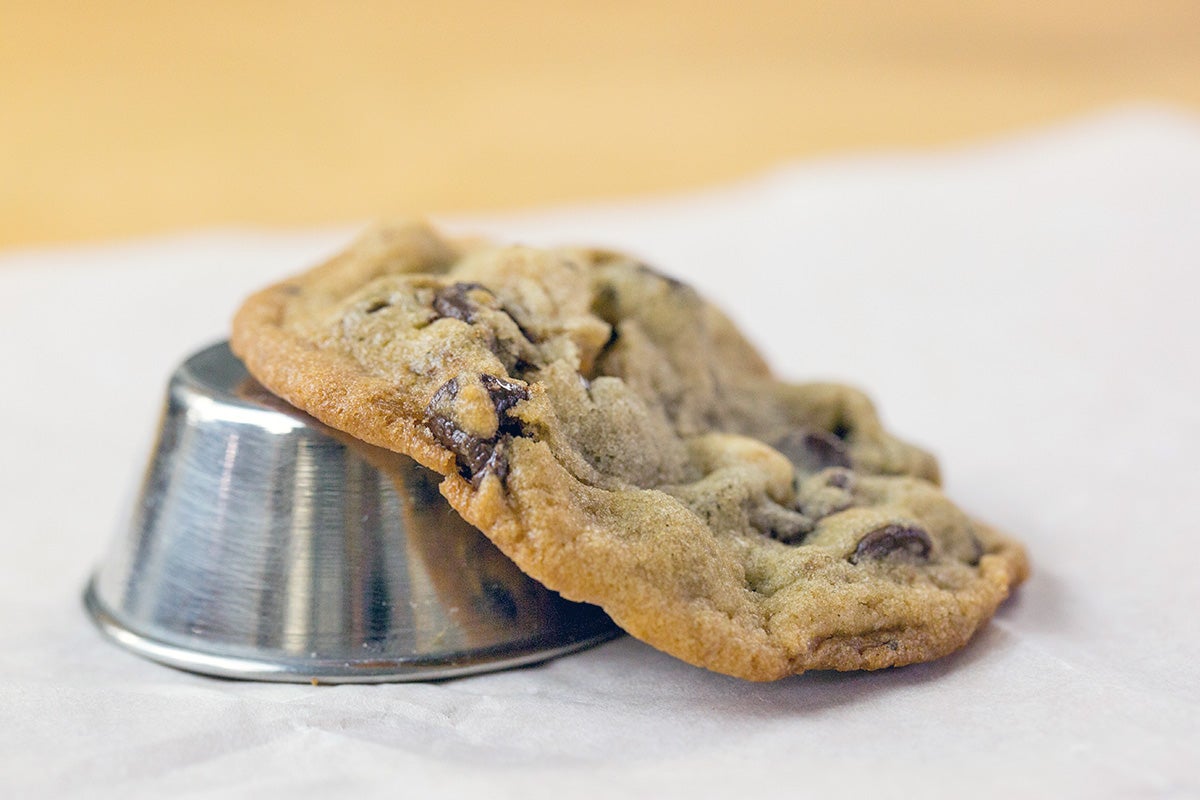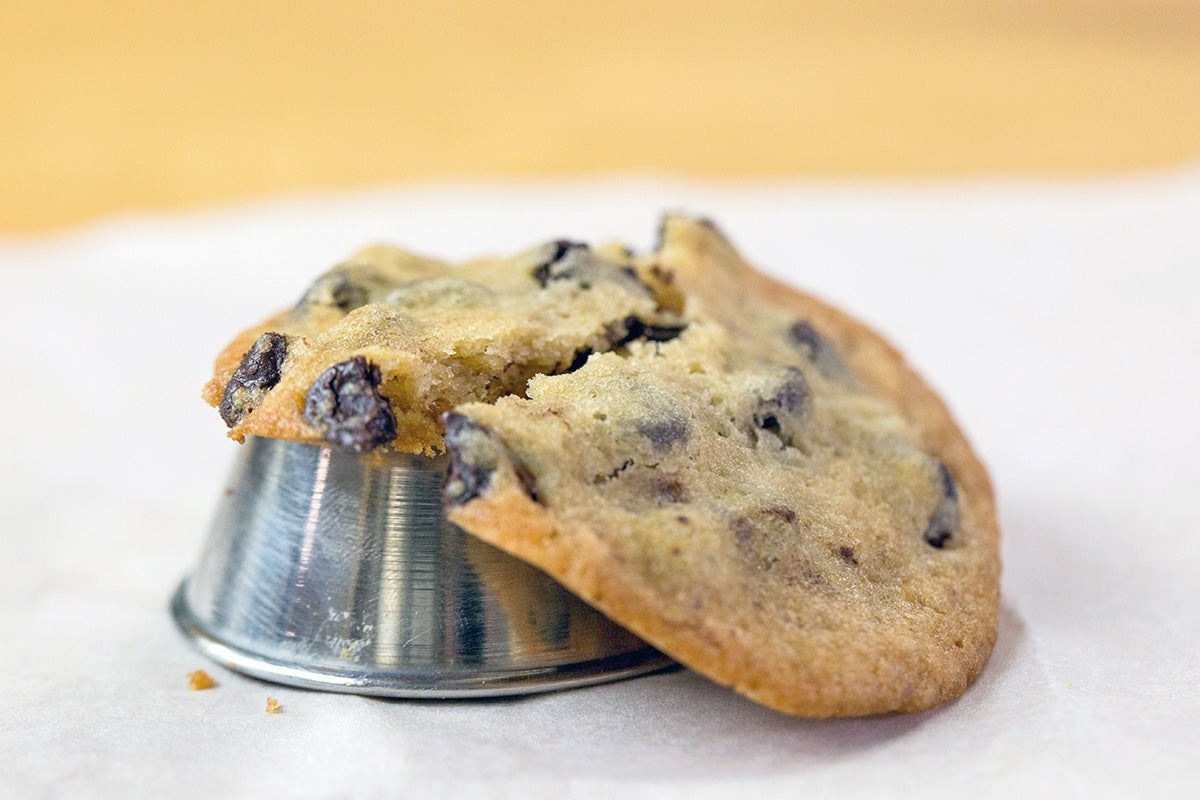


 We answer bakers' questions in every issue of Sift magazine. In our Fall 2018 issue, reader Nancy Wheelwright asked, "Somewhere I got the idea that corn syrup is something to be avoided. What is the purpose of corn syrup in a recipe? Can something else be used as a substitute? What was used before we had corn syrup?"
We answer bakers' questions in every issue of Sift magazine. In our Fall 2018 issue, reader Nancy Wheelwright asked, "Somewhere I got the idea that corn syrup is something to be avoided. What is the purpose of corn syrup in a recipe? Can something else be used as a substitute? What was used before we had corn syrup?"
Corn syrup is not quite the evil ingredient people think it is. They confuse the corn syrup we use for baking with a very specific commercial variant: high fructose corn syrup, which is found lurking in all kinds of processed foods.
Corn syrup from the baking aisle is an invert sugar, meaning it's liquid at room temperature. It does a couple of specific things in baking. In a cookie recipe, it creates a texture that's both bendy and chewy, as opposed to crisp. If you bake your cookies just until the edges start to brown, this is the texture you'll get:
 Invert sugars prevent grains of sugar from recrystallizing when the cookie cools, making it less brittle. Keep in mind, though, that if you bake the batch a bit too long, you'll get a cookie that's crisp throughout, despite the invert sugar in the formula.
Invert sugars prevent grains of sugar from recrystallizing when the cookie cools, making it less brittle. Keep in mind, though, that if you bake the batch a bit too long, you'll get a cookie that's crisp throughout, despite the invert sugar in the formula.
 Corn syrup is often added to fudge recipes to keep them from getting grainy, again by inhibiting the formation of large sugar crystals. That's also the reason it's sometimes added to cookie glazes: smaller crystals mean the frosting is shinier when it dries.
Corn syrup is often added to fudge recipes to keep them from getting grainy, again by inhibiting the formation of large sugar crystals. That's also the reason it's sometimes added to cookie glazes: smaller crystals mean the frosting is shinier when it dries.
The advantage corn syrup has is its neutral flavor, but it's not the only invert sugar you can use.
 Honey, maple syrup, and molasses can stand in for corn syrup, with slight adjustments up or down for their sweetness levels. For instance, honey is sweeter than corn syrup, so using about a third less helps you balance out the flavor.
Honey, maple syrup, and molasses can stand in for corn syrup, with slight adjustments up or down for their sweetness levels. For instance, honey is sweeter than corn syrup, so using about a third less helps you balance out the flavor.
Golden syrup is similar to corn syrup in its sweetness level. Molasses is not as sweet, but brings a robust flavor package of its own, making it good for a spice cookie (but kind of bossy for a snickerdoodle).
If you adore a crisp edge and a bendy center, try adding a tablespoon of invert sugar to your cookie recipe; choose whichever one best suits your desired taste. If corn syrup is what you use, you can rest easy.
A little experimentation can deliver the exact texture you're looking for — just keep an eye on the baking time (remember cookies will bake a bit more after coming out of the oven).

If you want to better understand the yummy science behind chocolate chip cookies, learn how a little extra milk or brown sugar can deliver extra-crunchy, extra-chewy, or extra-cakey cookies.
Many thanks to Anne Mientka for the photographs in this post.

